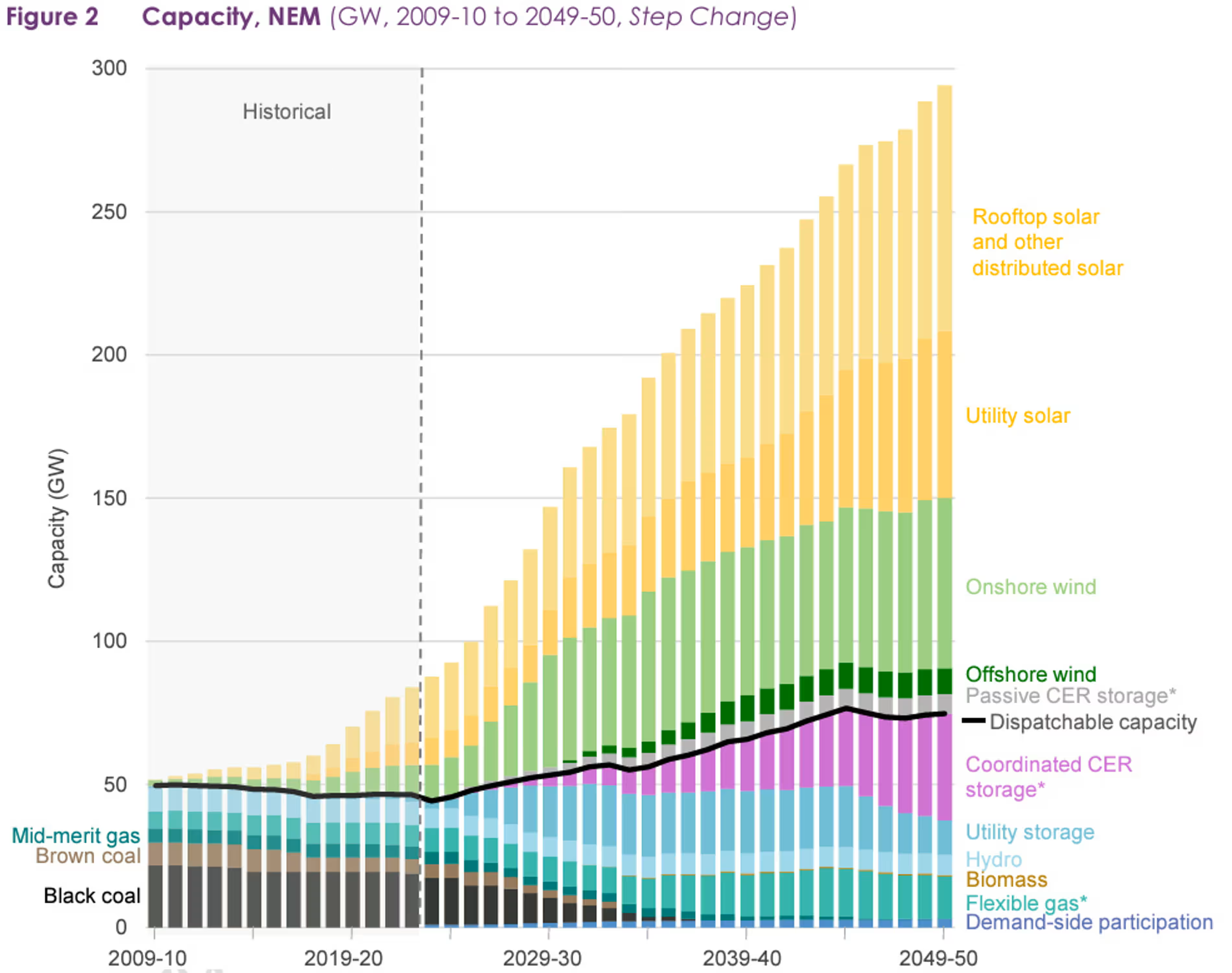In the AEMO plan for Australia’s energy transition, a massive step up in household solar installations plays a critical role:

However, the inflation and real income shock, which are driven centrally by the gas cartel, are now derailing solar installations despite falling prices for the same:
In June, small-scale solar installations totalled almost 250 megawatts in capacity, in line with the same month in 2023. New rooftop installations exceeded 1.5 gigawatts in the first half of 2024, up 6% on the same period last year, Sunwiz said.
“We’ve seen a backwards trend since a super strong May,” said Warwick Johnston, the founder and managing director of Sunwiz. “The cost of living is a significant factor. It’s taking a lot longer from a proposal to progress to a sale.”
The market slowdown comes despite solar module prices being “well down” on a year earlier as Chinese production ramps up. If households can muster the upfront funds, panels were now “incredibly affordable”, Johnston said.

Actually, as you can see, we are running well below 2021 levels.
There is no way known that the AEMO targets are going to be met so long as the gas cartel keeps the energy shock running, denuding households of the wherewithal to invest to escape it.
And this is before we consider the role of household batteries, which will also need to ramp up massively but won’t because the investment is far beyond impoverished households.
There is nothing the foreign-owned, China-beholden, gas cartel will not destroy if it is not addressed head-on.

